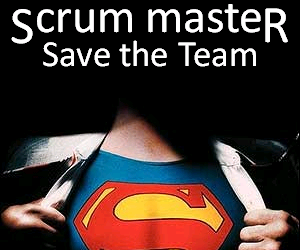Ways to Make Your Git Usage Enjoyable

As powerful and useful as Git is, it’s not all fun and games. It can be down right intimidating and hard to use.
But with some customization on your part, and some changes to your team’s Git workflow, Git can become a far more tammer beast to conquer.






